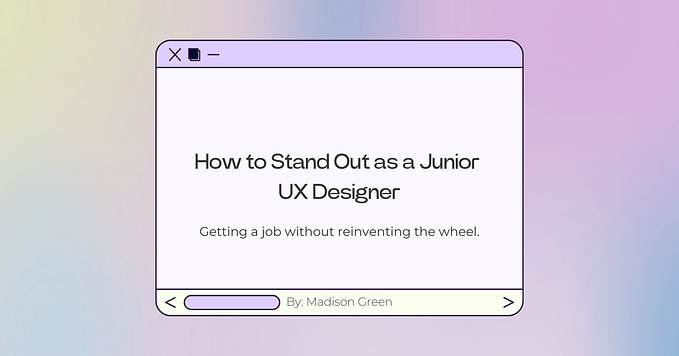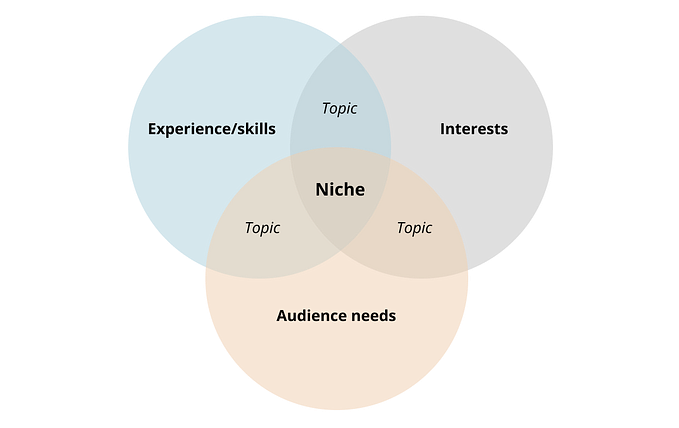Member-only story
Design for trust
Trust is a powerful force for driving user action. And since aesthetics is a dimension of trust, every designer should try to understand how trust works.

It’s no secret that the best design evokes the most powerful emotions. Talented storytellers skillfully use design attributes like color, hue, form, line, type, shape, texture, size, balance, and contrast to conjure specific feelings.
Like a great joke, a tearjerker of a movie, or a terrific story, design inspires us to feel happy, empathetic, motivated, and even sad… it connects on the most human level.
There is nothing that we can do about how our brains are wired. We are the way we are. Advertisers are successful when they leverage our predispositions to help brands connect in meaningful, emotional ways.
Of all the emotional responses marketers can drum-up through design, trust is the most important, specifically for task completion.
Online scams, fly-by-night retail sites, and other nefarious online boogeypeople have instilled a natural apprehension and distrust in web users' minds. The less they trust the medium, the less likely they will open up to a brand in meaningful, actionable, and lasting ways.
And if that wasn’t enough, massive competition makes it even harder to reach your audiences. Consider the higher education vertical, for example. Beyond just other schools, there are legions of competitors–vying for people’s attention, such as the multitasking and fragmented media consumption habits of your target audience.
And when you finally connect with your audience, you have the tiniest opportunity to woo them.
Malcolm Gladwell’s Blink argues at length that the human mind is preconditioned to make snap judgments. And researchers from Carleton University in Ottawa, Canada, discovered that people make these “blink” judgments about the quality of a website in a twentieth of a second–usually without a lot of information to support it. Published in the journal Behaviour and Information Technology, the study demonstrates that first impressions have a lasting impact.








